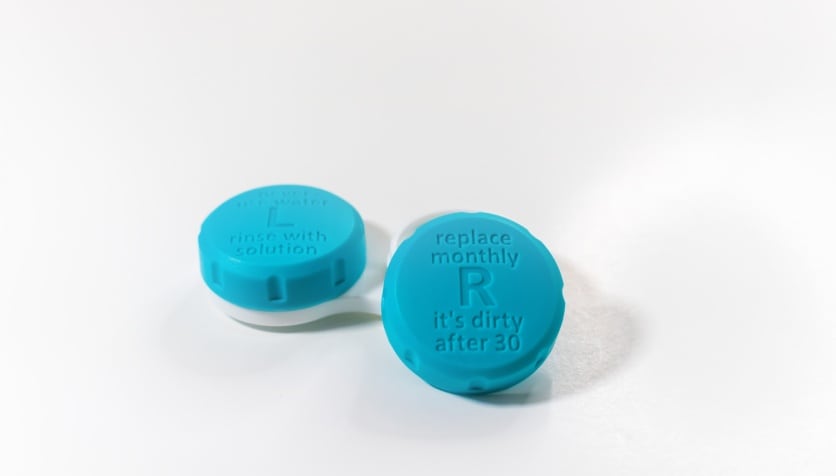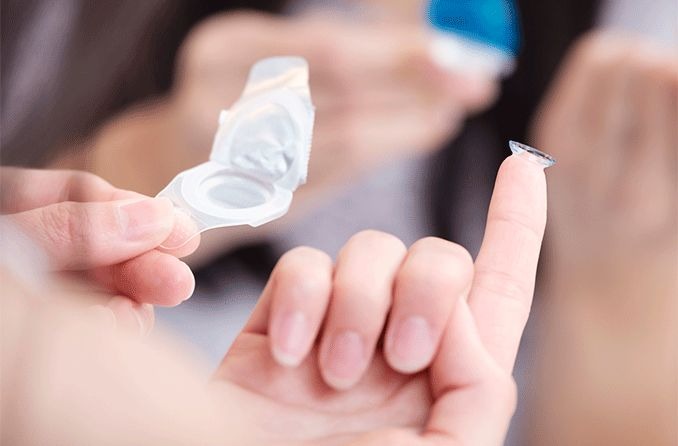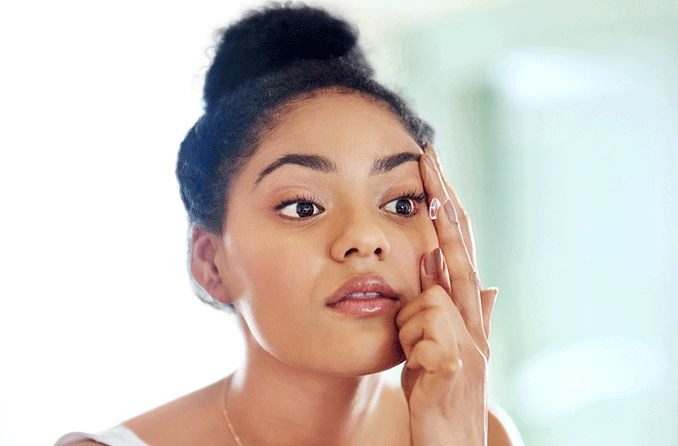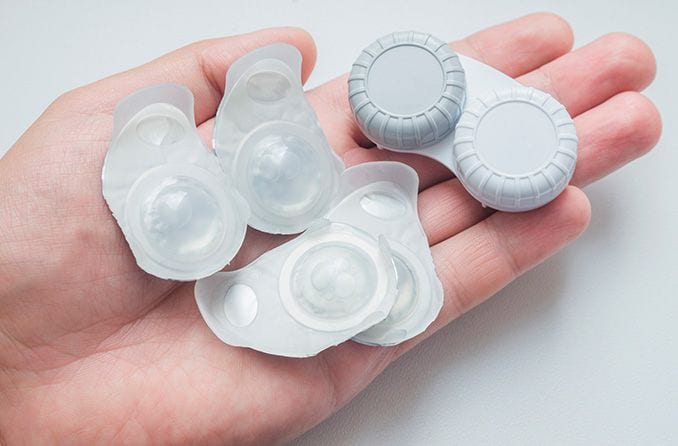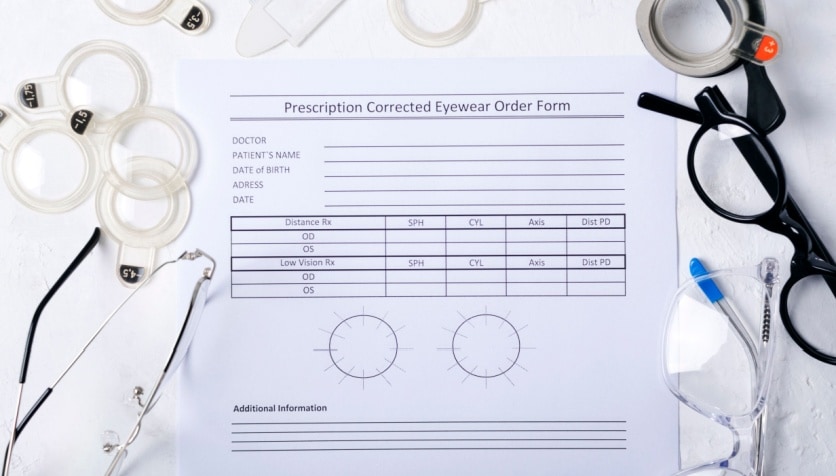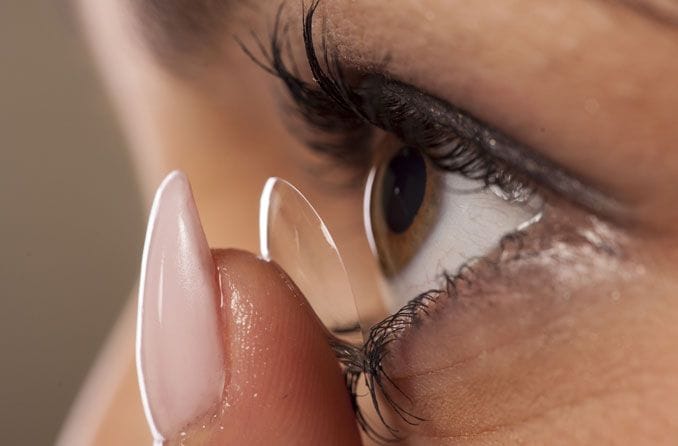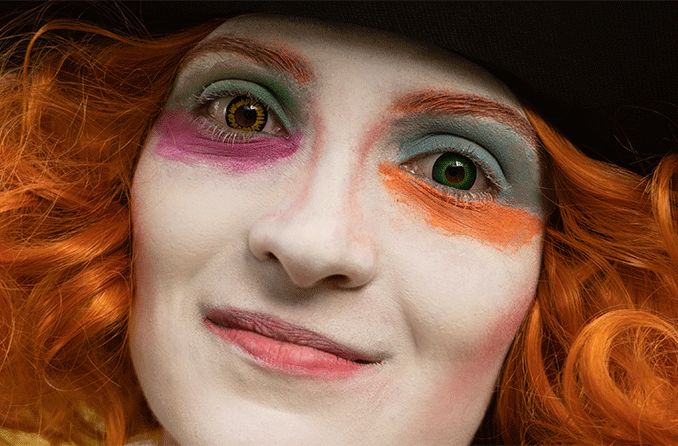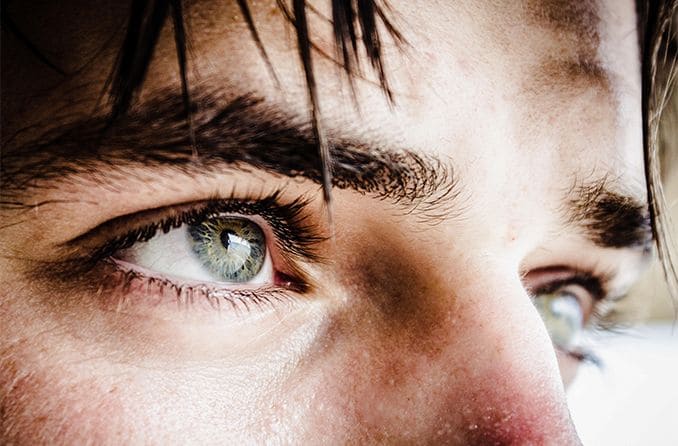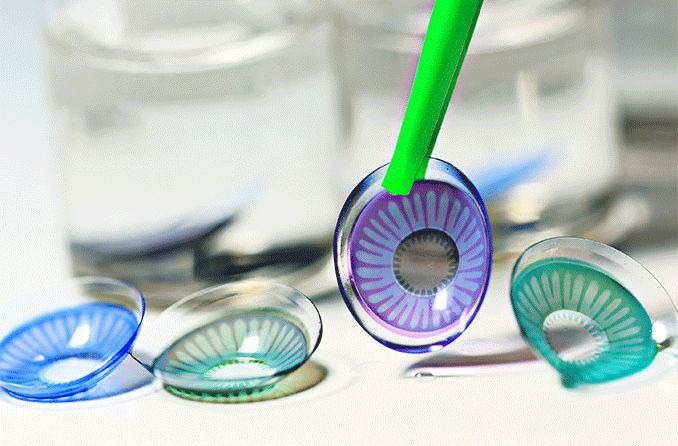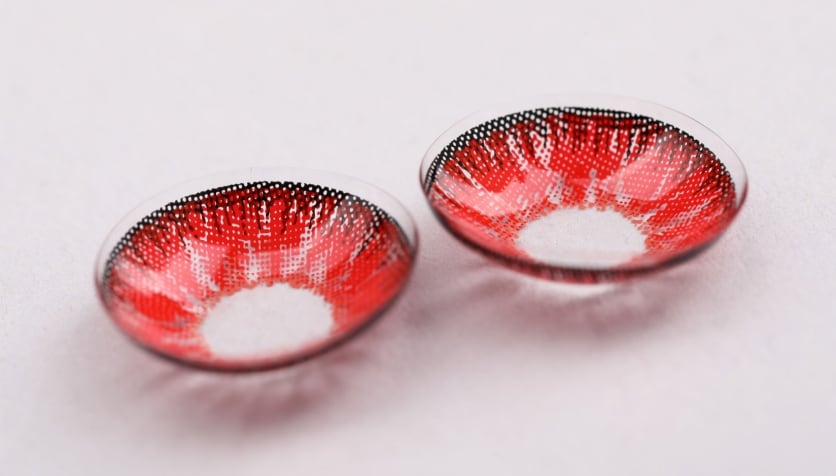Types of Contact Lenses
Did you know there are multifocal contacts much like progressive lens? Before you go to the eye doctor for new contacts learn more about the different types.
Related Articles
All About Vision and AllAboutVision.com are registered trademarks of Essilor Laboratories of America, Inc © 2000-2025 Essilor Laboratories of America, Inc. The content on this site is for informational purposes only. All About Vision does not provide medical advice, diagnosis or treatment. Contact an eye doctor if you need medical attention.

